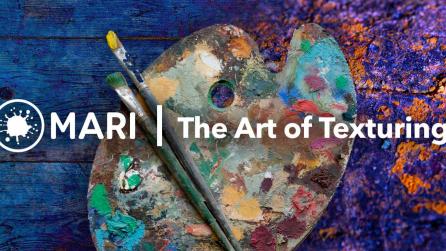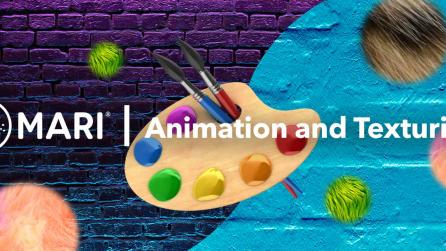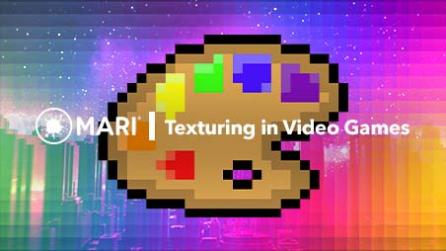The art of texturing: crafting photorealistic textures for visual effects
There is nothing quite like going to the cinema. Sitting down with a large bucket of popcorn and drink ready to be fully immersed in the latest blockbuster. But, while we sit and marvel at the movie’s magic, what some of us tend to forgo is the intricate details of the visual effects (VFX) and how it’s used to create realism in our favorite films.
As technology continues to advance in the entertainment industry, so does the level of photorealism we’re presented on screen. With every new movie or TV show, we, as an audience, are expecting it to be bigger and better than the one before. Whether it's the most recent superhero movie or the invisible effect of a TV drama, we want to be wowed.
A key part of this is the textures.
In a previous article, we looked at texturing in animation and how it amplifies the world around it. While animation gives way to stylized textures and experimentation, in VFX, it’s solely about creating the photoreal. From fictional dragons to old-fashioned cities, in this article we look at how these textures bring the world of CGI to life and make you believe what you’re seeing on screen is real.
From prehistoric creatures to fire-breathing dragons
Before digital CGI and texturing, filmmakers used miniatures and hand painted textures in order to capture elements that would otherwise not be possible in film. It was only when CG and tech became more advanced that miniatures were phased out and filmmakers instead turned to DCCs (digital content creators).
The most significant film of the transition from the traditional to digital was in 1993, with the release of Jurassic Park. It was the first film to use CGI to texture its beasts, and audiences were left terrified as the photorealistic dinosaurs roared across their screens. Even now, as we look back at the film, it’s amazing to think those creatures were created when digital CGI was fairly new.
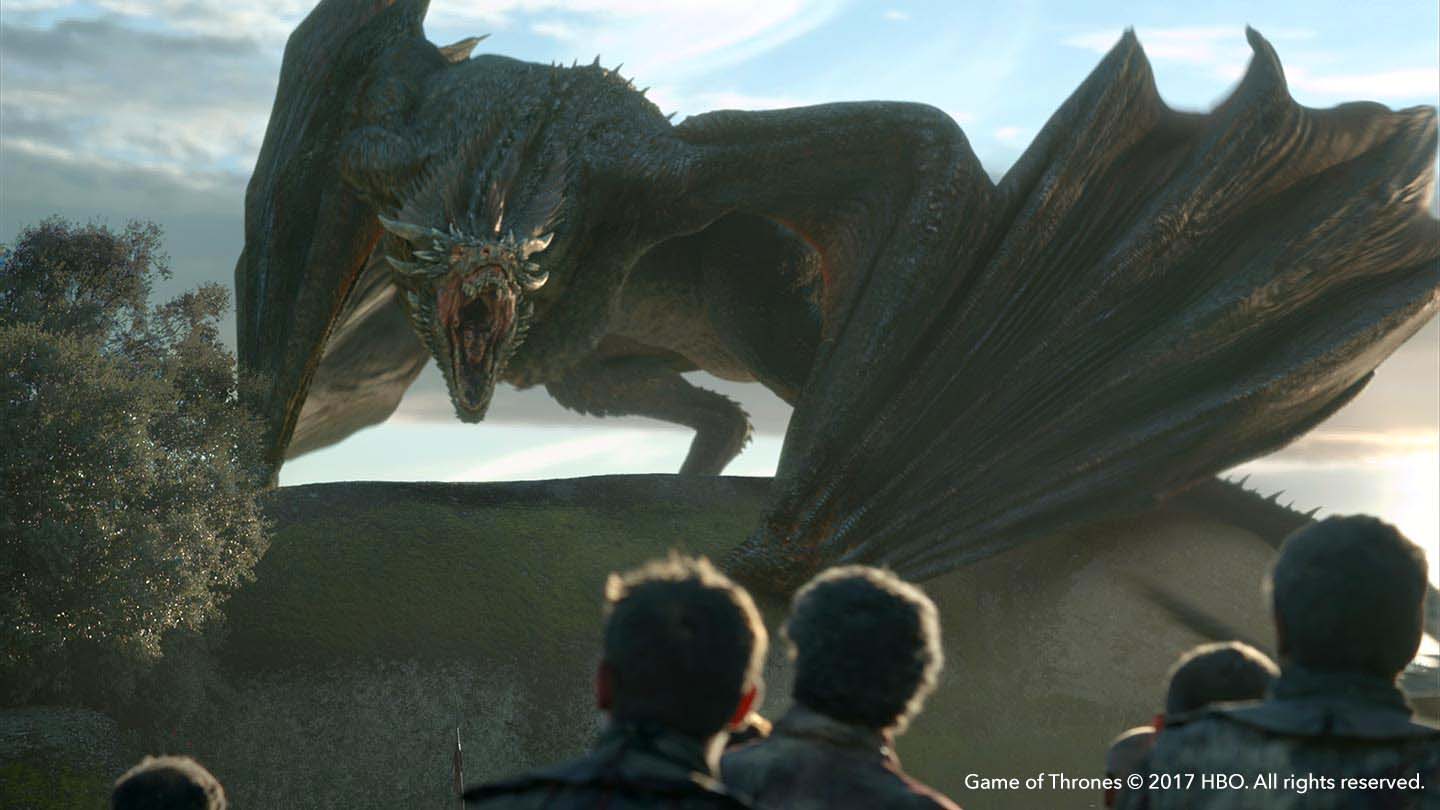
Since then, there has been a mass shift to digital texturing and the demand for photorealistic textures continues to grow. TV shows like Game of Thrones have forever changed our expectations of VFX, and only increased the demand for bigger, better and more believable content. Artists and studios are now expected to produce a level of realism that wouldn’t have been possible twenty-eight years ago.
Films like The Desolation of Smaug have to go through a rigorous process to bring their fictional characters to life. In fact, the comparison between Tolkien's classic and Jurassic Park offers a reflective look at just how far texturing has come thanks to the digital age, as we can compare the dinosaurs to their fictional counterparts, dragons.
Smaug is an infamous dragon in the Lord of the Rings franchise, so bringing him to life in a way that stays true to the original story was vital for the creators. Starting with real-world references like lizards, alligators and snakes, the artists were able to create scales for the skin of the dragon and added fine texture details like scars and coloration to ensure the creature was photorealistic. Artists painted complex, microscopic details onto the skin textures to truly bring Smaug to life and give him a story of his own. He is an ancient dragon who has seen many battles, we know this because of the deep faded scars and the discoloration of his skin. This hones in on how vital textures are not only to the characters but to the overall world-building and storytelling.
It’s these finer texturing details that are achieved using 3D texture software like Mari, which enable artists to work with the high-quality textures and painting needed to create a creature like Smaug, and further allows them to truly encapsulate the realism.
Creating faces and digital doubles
Texturing also played a key role in the rise of digital doubles. Before the tech revolution, filmmakers were heavily reliant on actors to perform stunts and be in the background of certain shots, limiting what they could achieve on screen at risk of injury and cost.
As the FX industry began to turn digital, suddenly, this wasn’t their only option anymore and they could create CG people. This paved the way for more elaborate stunt and action sequences and also proved to be relatively simple to create.
Mari also played a huge part in this transition and was initially created for Avatar and the invention of the Na’Vi race and Pandora, the world they live in. Digital doubles were used extensively on the film and have continued to evolve since then alongside Mari.
Artists start with a photo reference or scan of their chosen actor which gives them a 3D model and texture references. From there, artists can begin building their digital double, projecting and interpreting skin details from different camera angles and building up until they have a digital replica of their chosen actor. Depending on how the double is used, dictates how much finesse goes into creating it i.e the level of detail on a character the audience can visibly see would be significantly higher than a digital double that is way in the background.
A great example of this is the digital double that was created for Logan, which was seen frequently and often close-up or central to the frame. It needed to look realistic and continue to tell the story without subtracting from the film. Mari was able to handle the large volumes of data and complexities that went with creating the digital Hugh Jackman.
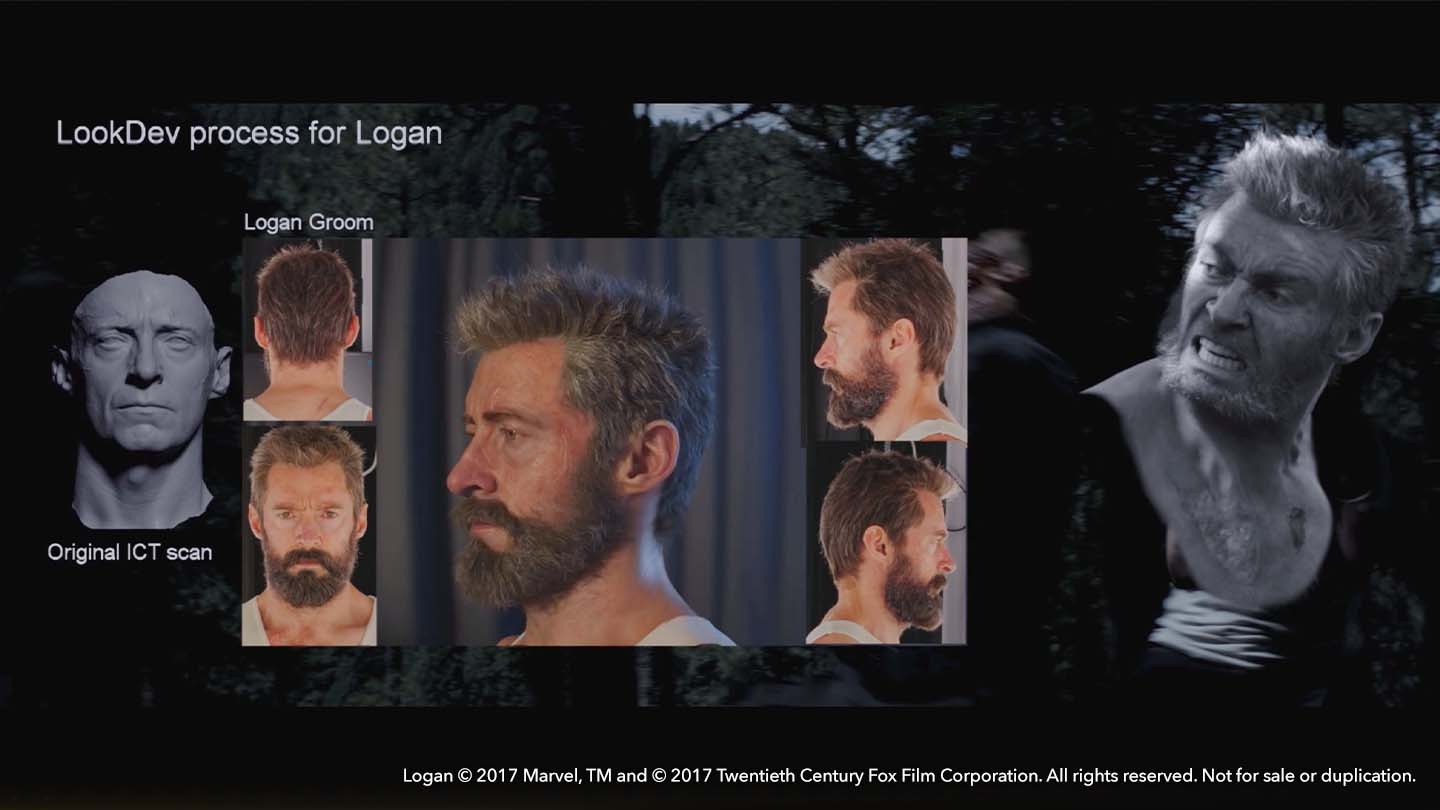
We’re now seeing a more extreme and technically advanced version of these digital doubles. Also dubbed as deepfakes, these digital humans are not only bringing characters back from the dead but also starring as protagonists in their own movies.
An example of this is Gemini Man, in which Will Smith faces off against a younger, CGI version of himself, Junior. The level of detail needed was on a whole new scale, from how the eyes and sockets worked to the pores on his skin; each element had to be meticulously crafted to make him look real.
A critical part of ensuring this was the texturing, and how they interacted with light. As with any visual effects, light plays a key role in making texturing photoreal—if it doesn’t interact the same way it does in real life, the illusion is instantly broken.
Junior’s skin is a prime example of this. Our skin in real life absorbs light, and the artists working on Gemini Man needed to ensure Junior’s did the same and ask themselves, how do different lighting set-ups change the look of our skin? Where a harsh light can emphasize our blemishes, a softer one can have the opposite effect—it’s all these finite details that come together to create a photoreal digital double.
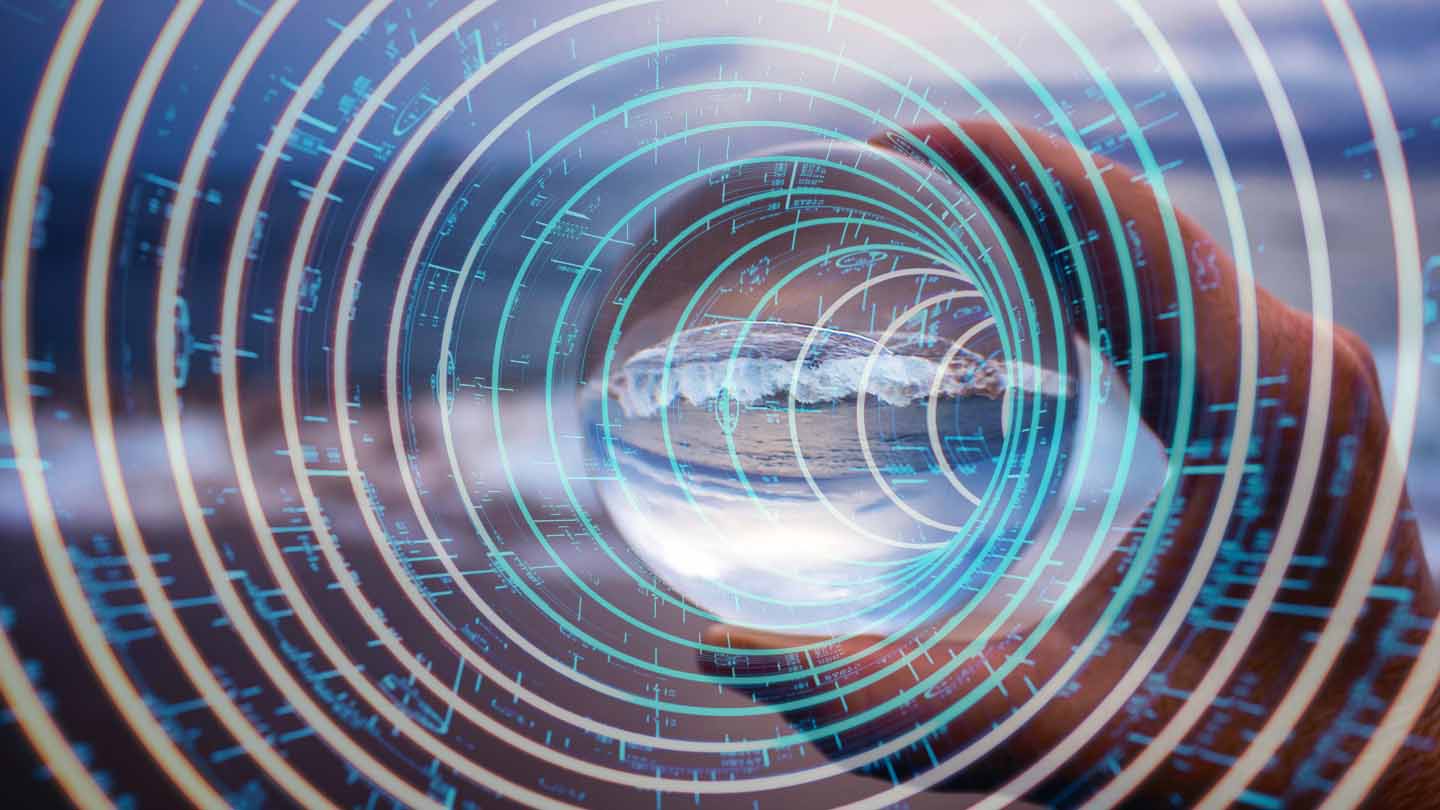
Feeling textures through the screen
All in all, when texturing for VFX, a deep familiarity of the real world is needed. How do objects feel? How does light interact with them and change the way they look? It’s this that allows texture artists to bring the real world into our screens in a way that makes audiences believe if they reached out, they could feel the textures in their favorite movie.
As the demand for the photoreal continues to advance, tech must keep pace with what’s needed to create more life-like visuals and creatures. It’s why Mari is made for artists. It continues to improve upon its features and its latest release Mari 5.0 is no different, aiming to reduce pipeline friction and boost creative collaboration.
Keep an eye out for the final article in our Art of Texturing series, where we’ll be sitting down with the Mari team to discuss just how the high-resolution texturing and painting software can aid artists with their texturing.
